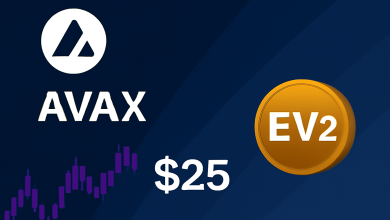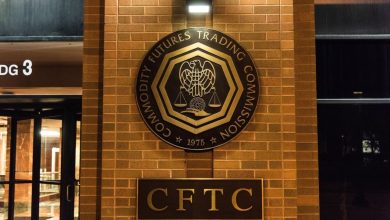FTX’s 143% Fiat Repayment Equals Just 22% in BTC Terms


Crypto Value Gap Widens
FTX creditors could recover far less than the platform’s proposed 143% fiat payout suggests, once adjusted for the current prices of BTC, Ether and Solana. According to Sunil, a well-known FTX creditor representative, real crypto recovery rates range from 9% to 46%, depending on the asset and claim category.
“FTX creditors are not whole,” Sunil wrote in a post on X on Sunday. He argued that the fiat-based repayment structure ignores the dramatic rise in crypto prices since the platform’s collapse in November 2022. The data he shared showed that BTC’s petition price was $16,871, compared with over $110,000 today. That means a 143% fiat recovery represents only 22% of BTC’s current value.
Ether, which traded around $1,178 at the time of FTX’s bankruptcy, now sits near $3,848, putting the effective recovery at 46%. Solana’s jump from roughly $14 to $183.59 leaves creditors with just 12% of their value in real terms. “The optics of full recovery don’t hold when priced in crypto,” Sunil wrote.
Investor Takeaway
Fiat Payouts and Airdrop Hope
The first round of creditor payments began on Feb. 18, distributing $1.2 billion to claimants with less than $50,000 in approved claims. The FTX Recovery Trust launched a second, larger disbursement in May worth $5 billion, covering several claim categories: 72% for Dotcom Customer Entitlement Claims, 54% for U.S. Customer Entitlement Claims, and 120% for Convenience Claims. General Unsecured and Digital Asset Loan Claims are set to receive 61% distributions, handled through Kraken and BitGo.
Sunil said some creditors might gain additional value from external airdrops by projects targeting FTX claimants. He cited Paradex as one such initiative, adding that “FTX creditors are the most valuable asset and attractive for projects.” Such initiatives could modestly improve effective recovery rates, though they remain speculative and largely symbolic compared with the scale of the losses.
Several creditor groups have pushed for crypto-denominated repayment options, arguing that many users deposited digital assets, not dollars. The bankruptcy court, however, set November 11, 2022 — the day FTX filed for Chapter 11 — as the reference date for pricing all claims, locking creditors into valuations from the market’s bottom.
FTX Legacy and Legal Fallout
The recovery plan has reignited frustration among former customers who argue that FTX’s estate benefitted from the post-collapse bull market while creditors remain stuck at 2022 prices. Assets recovered by the estate — including stakes in Anthropic and Solana — have soared in value since the bankruptcy, leaving creditors to question whether the “full repayment” narrative is misleading.
Meanwhile, FTX founder Sam Bankman-Fried, serving a 25-year sentence for fraud and conspiracy, is scheduled to appear before the U.S. Court of Appeals for the Second Circuit on Nov. 4. His legal team filed an appeal in September 2024, claiming prosecutors misrepresented how FTX customer funds were handled and that he was denied a fair presumption of innocence during trial.
Bankman-Fried was convicted in 2023 on seven felony counts tied to the misuse of billions in customer assets. His appeal could extend into 2026, though legal analysts expect long odds of reversal. For creditors, the proceedings serve as a reminder that while FTX’s estate is winding down, the broader legal and reputational fallout is far from over.
Investor Takeaway
Crypto Recovery in Perspective
FTX’s repayment saga highlights how volatile complicate bankruptcy outcomes. When platforms fail during bear cycles, valuations at petition time can severely understate eventual market prices. The result is an accounting disconnect — creditors receive fiat returns that appear generous in percentage terms but fail to reflect lost crypto upside.
While some projects offer token-based restitution or incentives, few have meaningful impact on actual recovery values. The FTX case could become a template for future court proceedings if other platforms collapse during market lows, prompting calls for clearer valuation standards in crypto bankruptcies.
For many former customers, the numbers speak for themselves: 143% in dollars may feel like victory on paper, but at current market levels, it remains a fraction of what they once held in BTC, Ether, or Solana.







